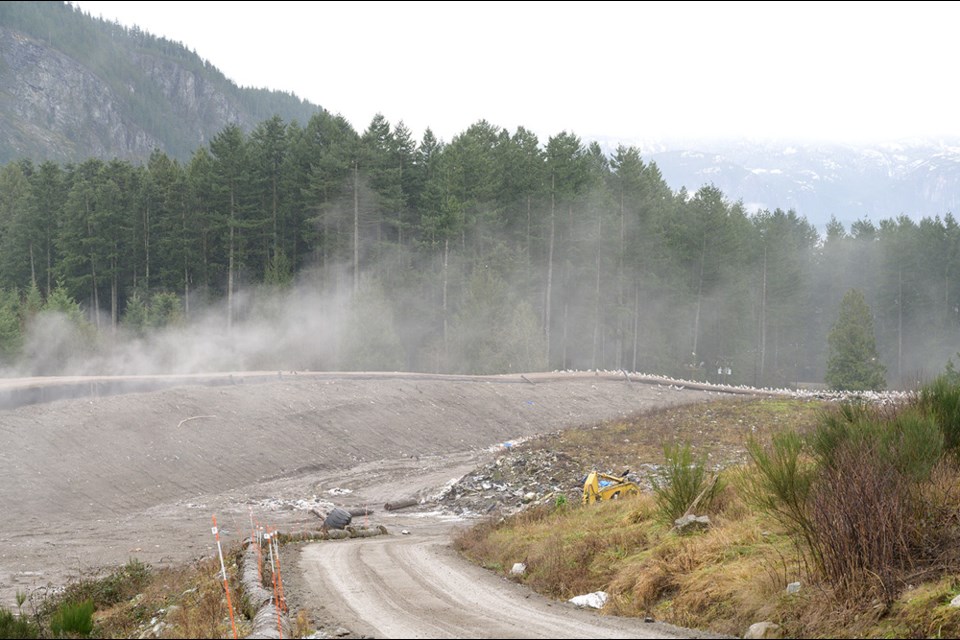Squamish needs to do better with its trash and recycling habits.
Items that shouldn't be there are ending up in landfills and curbside recycling.
During a March 14 committee of the whole meeting, council was informed by the District of Squamish staff of local waste and recycling habits.
Overall, staff found that more than the half of landfill waste it audited could have been diverted.
"In the 2022 findings, we found that over 57% of the materials found could have been diverted from the landfill," said Shannon White, integrated solid waste specialist for the District.
Among that material, the largest proportion that could have been diverted was organic material at about 30%. White said this included a large portion of avoidable food waste such as "a whole head of broccoli or entire pizza."
Business and construction waste
The largest volume of waste heading to the landfill came from the commercial and construction sector, at 54%.
The report did not supply those two sectors' rate of unacceptable materials.
Coun. Chris Pettingill asked whether the District staff knew if our construction waste was comparable to other parts of B.C., but the staff said they were unsure since many cities and municipalities do not undergo similar waste audits as Squamish.
Waste per person thrown out
According to the District, Squamish residents threw out 581 kilograms of waste per person in 2020; 507 in 2021, and 513 in 2022.
The all-time low per person occurred in 2018 at 496 kilograms.
The District's goal is to reduce the trash thrown out per person to 300 kilograms.
The provincial average is about 505 kilograms per person.
District staff said if things continue as they are, the landfill will reach its capacity in 2030. Earlier estimates were that it would be full by 2029.
Recycling
Regarding recycling, Laura Wittenzellner, outreach sustainability co-ordinator for the District, informed council that there is also room to improve.
"While contamination in the residential curbside collection has been continuously decreasing, Squamish is still seeing higher rates than desired," she said. "Currently, we're looking at about 8.3% of the total curbside recycling collection being not accepted materials."
She added that the goal rate is set at 3% by Recycle BC, which could impose a fine if Squamish does not meet the target. However, White said Squamish had not been fined to date as there has been an improvement.
"The top contaminants in our community are hard and softcover books, textiles and durable plastic products like children's plastic toys," Wittenzellner said.
White added that glass is a "regular contaminant" in curbside recycling.
Coun. Lauren Greenlaw asked if the District plans to increase curbside pick up for things such as soft plastics or glass to decrease unacceptable materials, but due to budgetary constraints, there was no plan at this time, although the District would consider a private industry taking on the task.
Neighbourhood glass collection sites?
However, White said staff plan to engage with the public about adding neighbourhood glass collection sites, which would essentially consist of two medium-sized collection totes with holes cut in the top that would be locked and chained to a block to make it easier to recycle glass.
If folks are willing to use the glass collection totes then the District could "potentially incorporate it into our operating budget and [move] it forward that way," she said.
The aim is to start engaging with the community by the end of March or early April.
To view this committee of the whole meeting, visit the District of Squamish's YouTube page at YouTube.com/@DistrictofSquamish.



